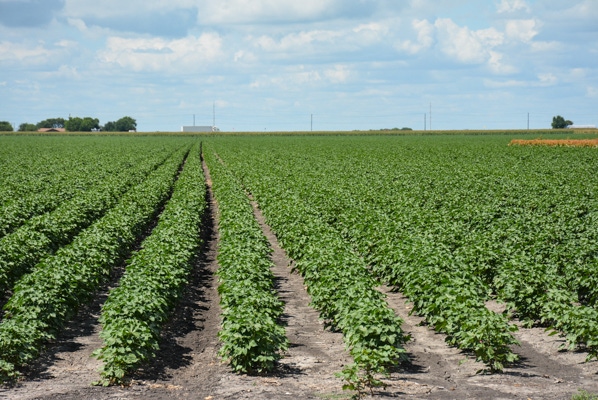June 26, 2018

The U.S. Department of Agriculture (USDA) is sending acreage history and yield reports to agricultural producers in the Southwest with generic base acres covered by the Agriculture Risk Coverage (ARC) and Price Loss Coverage (PLC) programs. Farm Service Agency (FSA) State Executive Director for Texas, Gary Six, said the information will help producers decide the best options for how to allocate generic base acres, given the addition of seed cotton as a covered commodity in the programs.
The Bipartisan Budget Act of 2018 amended the 2014 Farm Bill, adding seed cotton as a covered commodity under the ARC and PLC programs. This week, FSA will start sending information on current generic base acres, yields, and 2008-2012 planting history.
Per the Act, FSA is using the period 2009 through 2012 to compute the conversion of generic base acres to seed cotton base acres. Also, FSA is using 2008 through 2012 to calculate yield updates to seed cotton. The updates are an important part of preparing agricultural producers in the Southwest and other states to make decisions on allocating generic basic acres and updating yields for seed cotton.
This summer, producers will have an opportunity to allocate their generic base acres and update their seed cotton yield.
All producers electing to participate in either the ARC or PLC program will be required to make a one-time, unanimous and irrevocable election, choosing between price protection and county revenue protection for the 2018 crop year for seed cotton only. Producers who elected ARC with the individual farm option will continue with that option since that election is applicable to all base acres on the farm. The final step to participate requires producers with farms with seed cotton base acres to sign contracts for ARC or PLC for 2018 this summer.
Source: USDA
You May Also Like




